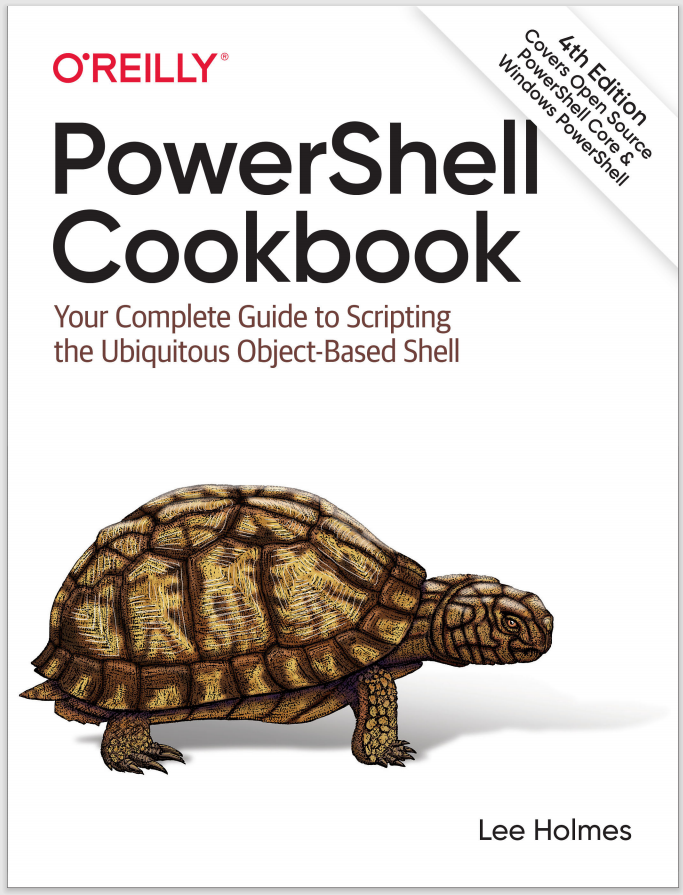continue
The continue statement skips execution of the rest of the current statement block. PowerShell then continues with the next iteration of the current looping statement, as though the statement block had completed naturally. For example:
for($counter = 0; $counter -lt 5; $counter++)
{
for($counter2 = 0; $counter2 -lt 5; $counter2++)
{
if($counter2 -eq 2)
{
continue
}
Write-Host "Processing item $counter,$counter2"
}
}
produces the output:
Processing item 0,0
Processing item 0,1
Processing item 0,3
Processing item 0,4
Processing item 1,0
Processing item 1,1
Processing item 1,3
Processing item 1,4
Processing item 2,0
Processing item 2,1
Processing item 2,3
Processing item 2,4
Processing item 3,0
Processing item 3,1
Processing item 3,3
Processing item 3,4
Processing item 4,0
Processing item 4,1
Processing item 4,3
Processing item 4,4
If you specify a label with the continue statement—for example, continue outer_loop—PowerShell continues with the next iteration of that loop instead.
For example:
:outer_loop for($counter = 0; $counter -lt 5; $counter++)
{
for($counter2 = 0; $counter2 -lt 5; $counter2++)
{
if($counter2 -eq 2)
{
continue outer_loop
}
Write-Host "Processing item $counter,$counter2"
}
}
produces the output:
Processing item 0,0
Processing item 0,1
Processing item 1,0
Processing item 1,1
Processing item 2,0
Processing item 2,1
Processing item 3,0
Processing item 3,1
Processing item 4,0
Processing item 4,1
